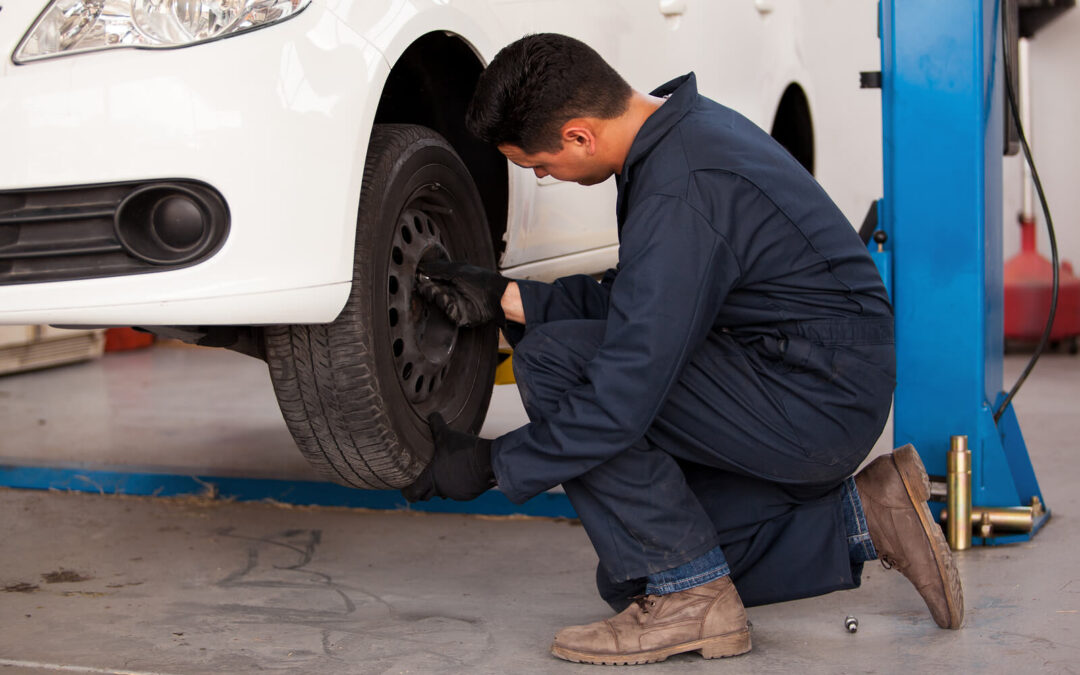
by valvolineexpresscare_admin | Apr 25, 2018 | Blog, Tire Repair, Tire Repair or Replacement, tire rotation, Tire Rotation Experts
If you own a car with tires on it, then you should be having them rotated on a consistent basis. If you are not sure how frequently the tires should be rotated on your particular vehicle, you can consult the owner’s manual for more detailed information. You will undoubtedly find a suggested schedule for keeping up with tire rotation.
Why the need for tire rotation?
The main reason that most vehicle owners are diligent with tire rotations is because of the money it saves. Rotating your tires on a regular basis means buying new tires less frequently.
Some good reasons to rotate your tires are:
- Promotes even wear
- Keeps proper alignment
- Maintain equal tire pressure
- Improved safety
- Enhanced fuel economy
- Longevity
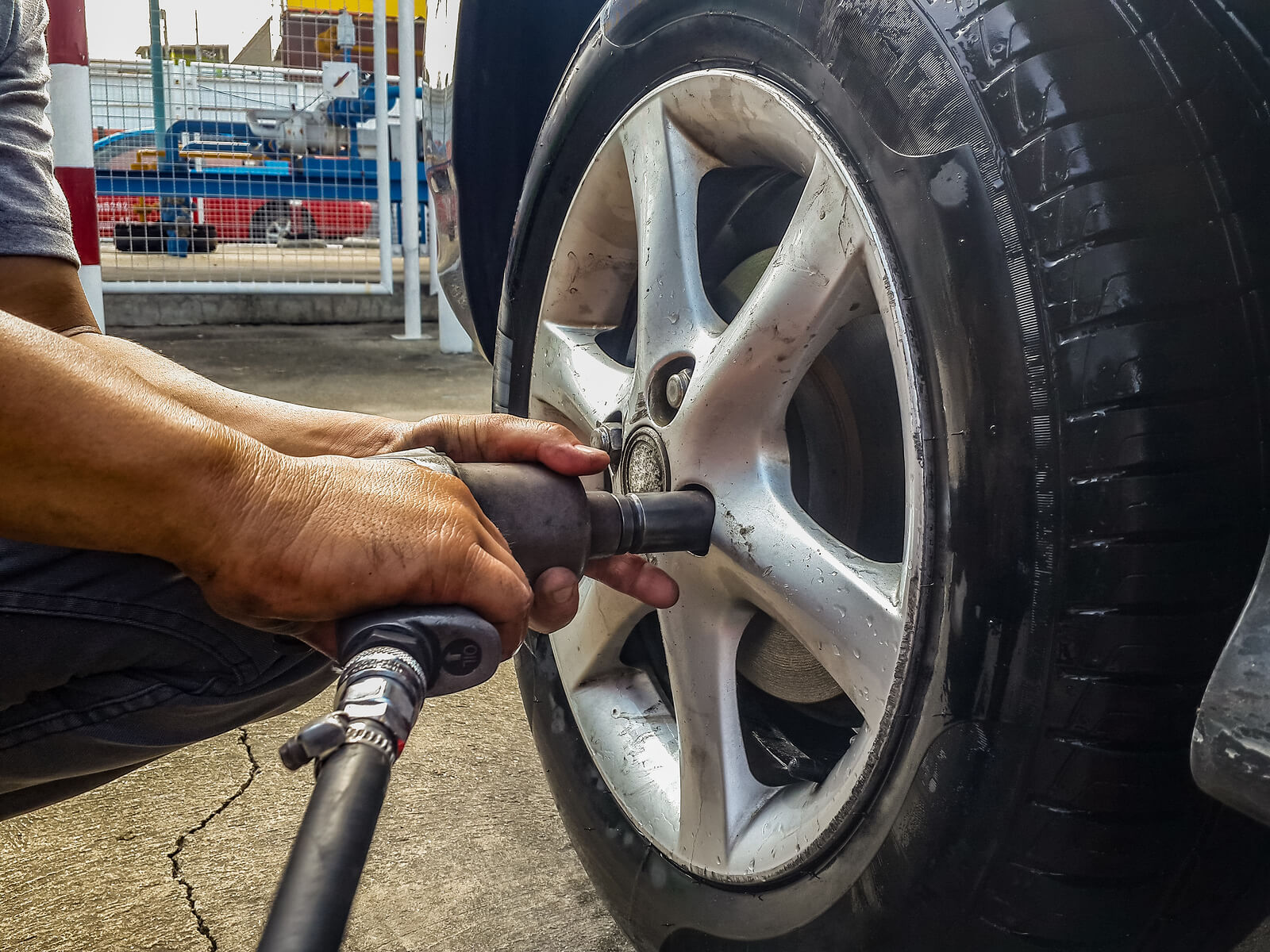
Why should you not miss a scheduled tire rotation?
One of the big reasons that you should never skip rotating your tires when it is time to do so, is that your tires wear unevenly if not rotated. The effects of cornering and weight are different for each tire, based on where it is positioned on your vehicle.
Front Wheel Drive vs. Rear Wheel Drive
If your vehicle is front wheel drive, then the bulk of the force and energy from the engine is placed on the front tires. In front wheel drive cars, the back wheels basically just fall in line with the front tires and kind of go along for the ride.
For automobiles with rear wheel drive, most of the stress will be put on the back tires. The responsibility for handling the steering duties, will still fall on the front tires.
For either type of vehicle, tires will not wear evenly unless they are rotated. The tire with the heaviest burden will always wear out more quickly than the others.
How often should you rotate your tires?
Although the recommended schedule for tire charge may vary slightly, from vehicle to vehicle, the general consensus is that tires should be rotated every 5000 kms or so. The frequency will depend on vehicle type, driving conditions, tire quality, etc.
So, what happens if you don’t rotate your tires?
The first thing we will look at is uneven wear.
Uneven Wear
For this example, let’s put our focus on just one tire out of the set. Let’s say the front left tire. So, if the front left tire stays in the same spot and is never changed, it will wear differently than the others.
Every time you make a left turn, more stress is being put on the outside edge of that tire. If the car is front wheel drive with the engine in the front, the stress on that tire will be even greater due to the added weight. Once the tire begins to experience heavy tread damage, that damage cannot be repaired. Changing it to another position at that point is ineffective. You will need to replace the whole set.
Rotate your tires before it is too late, and irreversible damage has already been done.
Can uneven tires compromise safety?
Yes, they can. Unevenly worn tires can be dangerous for drivers, passengers, and other vehicles on the road. A severely worn tire can negatively affect handling and braking capabilities.
If the tread is seriously worn, it may result in a blown tire with a potentially catastrophic outcome.
Tire Rotation Brampton
Don’t risk your safety, your passenger’s safety, and the safety of other drivers. Make sure your tires are in good working condition and are being rotated consistently.
Valvoline Express Care is an automotive service provider that has been maintaining vehicles and keeping them safe in the Brampton area for over 20 years.
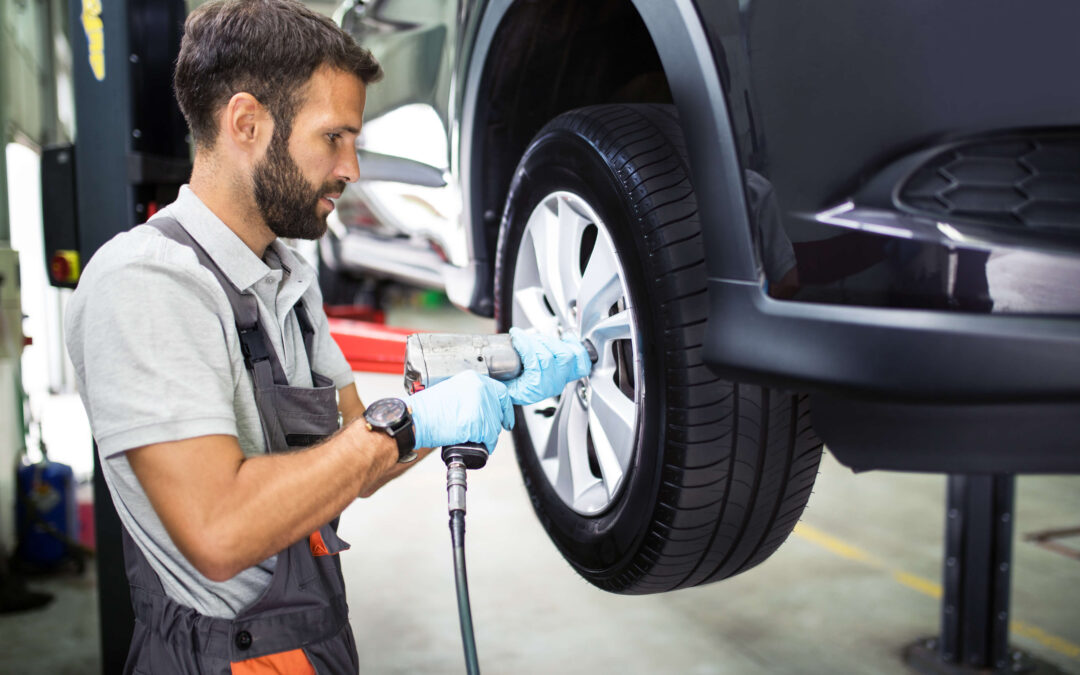
by valvolineexpresscare_admin | Mar 7, 2018 | Blog, Save Money, Tire Repair or Replacement, tire rotation, Tire Rotation Experts
Winter in Canada is now in full swing, and this time of year is a good opportunity to think about what type of maintenance your vehicle may need after the harsh season. Hopefully you had a general tune up done to your car before winter, to make sure it was in optimal condition to brave the elements.
Maybe you had some rust proofing done to safeguard your vehicle against snow, ice, and salt which can quickly turn to rust without adequate protection. Making sure all your fluids are topped up and filters are functional also make for good preparation.
If these issues haven’t been addressed before the winter started, it is highly recommended to take care of them as soon as the winter is over. When the weather begins to warm up, is when rust has ideal conditions to form and spread and your car is now exposed to a whole new set of driving conditions.
Another aspect of vehicle care that should be taken into consideration is your tires. Properly functional tires are essential to the safety of you and your passengers.
To get the most you can from your tires, consistent tire rotation is the way to go. Tires that are not regularly rotated will wear unevenly. This means that one or more of your tires will wear out before the rest of the set. Once one tire in the set is worn out, the whole lot will have to be replaced.
Advantages of Tire Rotation
There are several benefits to having your tires rotated as part of routine scheduled maintenance. Some of these advantages are:
- Safety
- Save money
- Prolong the life of your tires
- Enhanced performance
- Peace of mind
Safety
One of the most important reasons for rotating your tires is safety. Safety for you as a driver, but also for the passengers in your vehicle, and the other drivers on the road.
Once your tires begin to wear and bald, your handling and response time will be compromised. You may not be able to stop fast enough to avoid peril, or have the traction to steer your way out of danger.

Save Money
There are not too many vehicle owners that are not interested in saving money in expenses. Having your tires rotated by an automotive professional may come with a moderate fee, but it will save you money in the long run, as your whole tire set will need to be replaced less frequently.
Longevity
Making your tires last as long as possible makes sense for your car, your wallet, and the environment. The more often you have to replace you tires means the more money you spend, and the more used tires that are going to be put in a landfill site.
Performance
Well kept tires will most certainly enhance the performance of your vehicle. They allow you better traction, handling, steering, and braking.
Peace of Mind
Tires that have been maintained and rotated regularly can help bring peace of mind to owners. Car owners can rest easy knowing they have taken the right steps to improve safety for everyone on the road.
Tire Rotation Experts
A recommended practice to get into, both before the winter and after, is to take your car to an automotive professional for tire rotation and a general check up.
With over 20 years experience in the automotive industry, the expert technicians at Valvoline Express Care Brampton are ideal solution to all of your automotive needs.
Valvoline Express Care can help prepare your automobile for the upcoming season, a long trip, or whatever you may require.
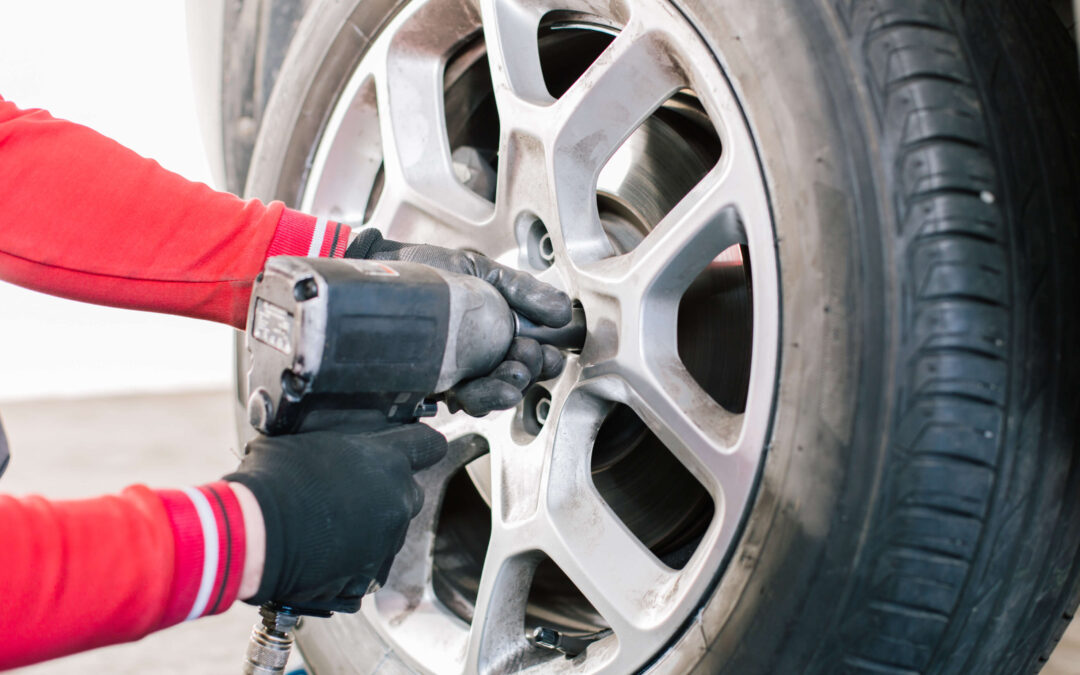
by valvolineexpresscare_admin | Feb 6, 2018 | Blog, Tire Repair, Tire Repair or Replacement, tire rotation, tire swap
Having effectively functional tires on your car is essential for the safety of you and your passengers. Tires wear down over time and eventually need to be replaced.
But when or how often should tires be replaced?
The frequency with which your tires will need to be changed depends a number of factors, such as:
- Type of vehicle
- Type of tires
- Driving conditions
- Driving approach
- Tire care
Vehicle Type
The owner’s manual for your vehicle should provide you with the information needed about tire changes. It will recommend what type of tires should be used on your vehicle, as well as how often they should be changed.
The owner’s manual should also provide information about regularly scheduled maintenance, like consistent tire rotation.
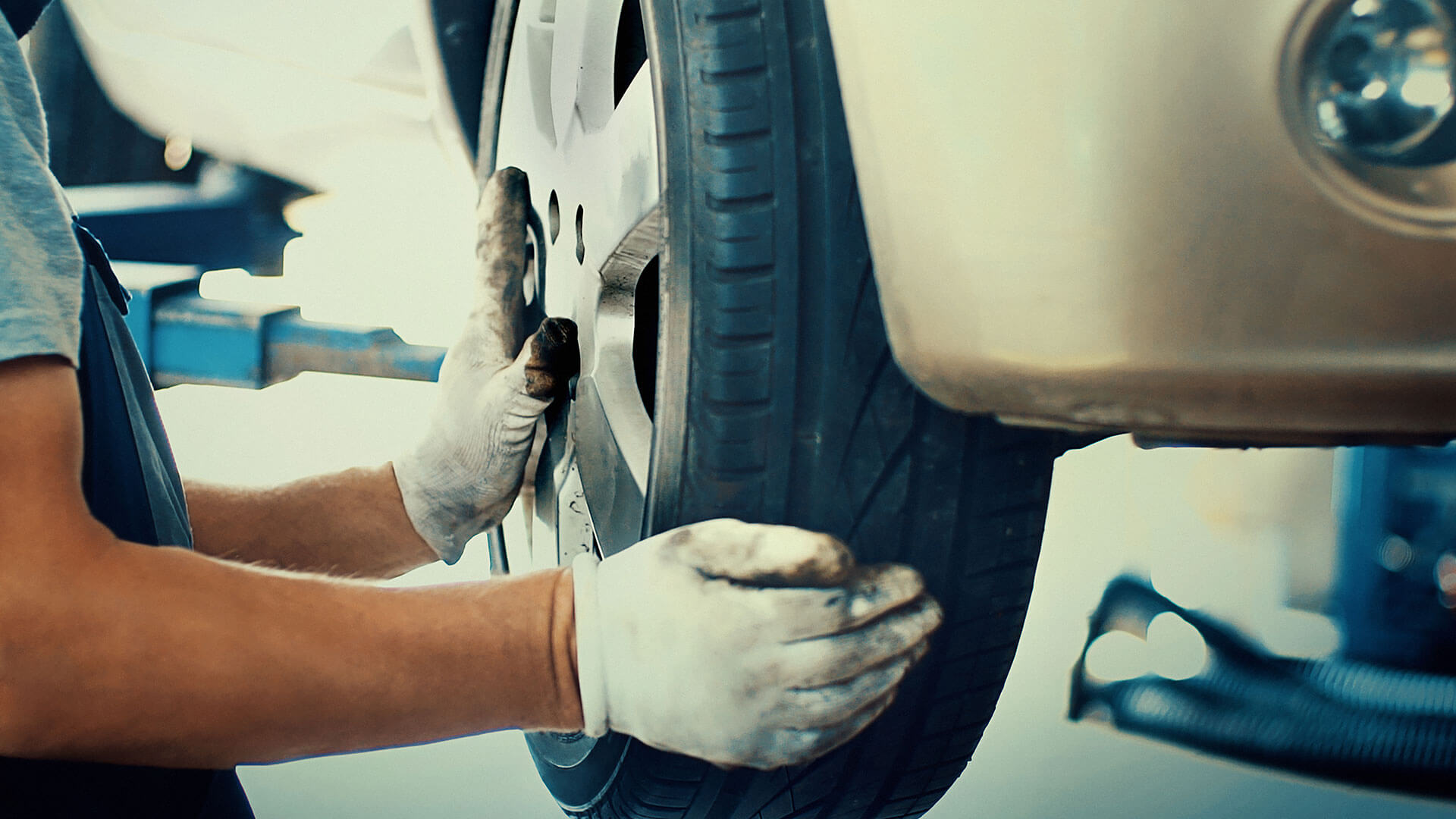
Type of Tires
The type of tires you use will also play a role in how often they need to be changed. Tires made of softer rubber compounds may provide better traction and performance, but they will also wear out more quickly.
When you buy a new set of tires, the warranty should indicate how long the tires are expected to last. However, tires do not always last as long as they are projected to. Especially if the are not well cared for.
Driving Conditions
If you are driving in extreme or harsh conditions on a regular basis, your tires will need to be changed more frequently. Canada’s climate brings four seasons of extreme conditions, so owners will have to be more vigilant in providing adequate care.
Driving Approach
They way you drive your car, will also be a factor. Driving with a lot of stops and starts, cornering at high speeds, and breaking heavily can all serve to wear tires out before their due dates.
Driving responsibly and rotating your tires regularly will help optimize your tires’ lifespan.
Tire Care
This is a big one. Diligent tire care through regularly scheduled maintenance can really help stretch the longevity of your tires. It not only helps your tires wear more slowly, but also more evenly.
Even wear is crucial for a set of tires. If one tire wears out more quickly than the others, all the tires will have to be changed once that first one goes. It is also important to keep your tires properly pressurized and evenly proportioned to promote balanced wear.
Good tire care involves having yourtires service
d by a professional for regular rotation and inspection.
Valvoline Express Care Brampton
Valvoline Express Care is an exceptional automotive service in the Brampton area, that specializes in tire care and maintenance.
The general rule is that tires should be rotated somewhere between 3000 kms and 5000 kms of use. The expert technicians at Valvoline make tire rotation a breeze, at the same time providing a check up for your vehicle to ensure you are getting optimal performance.
If you are changing your tires for the winter season, it is a perfect time to have them rotated. It is good practice to have your tires rotated twice a year, which can coincide with changing your tires for the season, with good planning.
How do you know when your tires need to be changed or replaced?
There are several telltale signs to look for, that can help you recognize when your tires should be changed. The main function of the treads on your tires is to provide traction on the road, while redirecting water from underneath the tire to avoid sliding or hydroplaning.
If your tires are completely worn, it poses a safety risk, and should be replaced as soon as possible.
Here are some warning signs to look out for:
- Tread wear
- Structural damage
- Poor alignment
Tread Wear
This is the most obvious and easy to identify problem when it comes to your tires. Worn treads will leave you with less traction and responsiveness on the road.
One way to check to see if your tires are worn, is by using the penny test. The penny test involves taking a penny and placing it head down into the grooves on your tires. If you can see the entire head on the back of the coin, then your tires are worn and need to be replaced.
Most tires also have something called tread wear bars. These bars are located in the grooves of your tires. When the tread becomes even with the tread wears bars, it is time for a tire change.
Structural Damage
Structural damage to your tires can spell danger as well. Structural damage can be found in the form of bubbling or bulging on the sidewalls. If you see this happening to your tires, take your car in immediately. Once the structural integrity has been compromised, the risk of disaster increases greatly.
Poor Alignment
If you notice your vehicle pulling to one side, or the steering shakes and vibrates while you are driving, it is likely a problem with the alignment. This can be caused by uneven wear or uneven tire pressure.
Take your vehicle in for servicing when experiencing these circumstances.
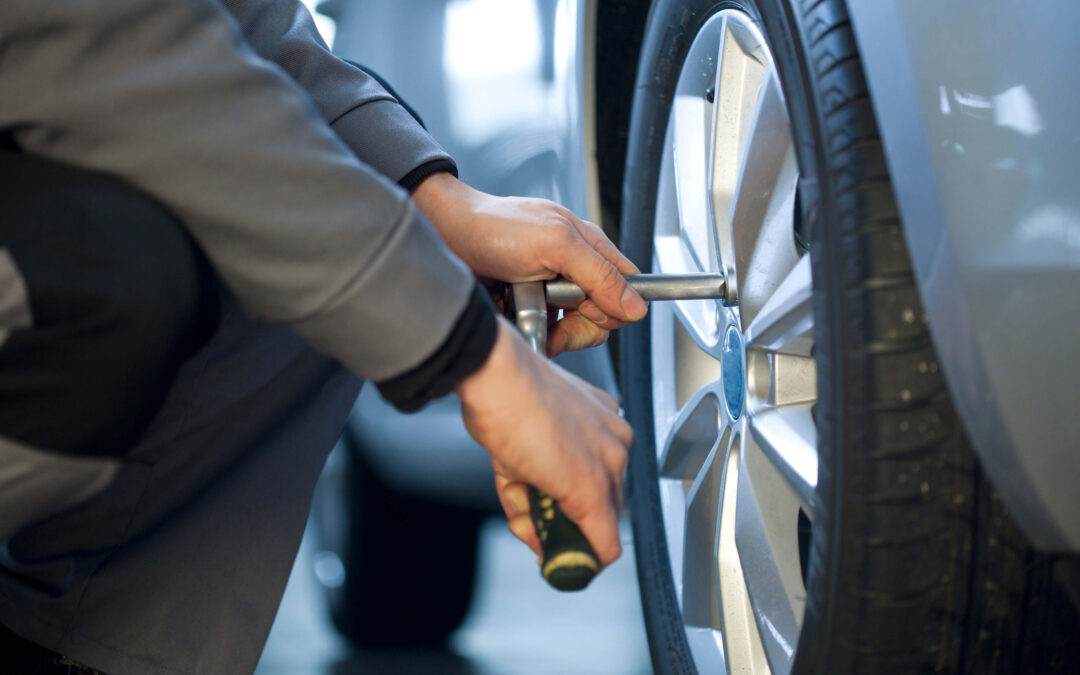
by valvolineexpresscare_admin | Jan 30, 2018 | Blog, Tire Repair, Tire Repair or Replacement, tire swap
Engaging in regular seasonal tire swaps can do a lot to prolong the life of your vehicle, and keep it operating at peak efficiency.
Depending on the driving conditions you are exposed to on a seasonal basis, it can be a good idea to swap your tires in two different ways:
- Seasonal tire swap
- Tire rotation
Seasonal Tire Swap
Living in Canada, you are no doubt accustomed to wild weather swings, and extremely polarized driving conditions.
Going from the relentlessly hot and baking sun in the summer, to snow, ice, and salt in the winter, can wreak havoc on your vehicle without the proper care.
One highly recommended way to preserve the life of your tires, and enhance your vehicle safety at the same time, is to do a seasonal tire swap. Changing to winter tires before the winter season is wise for a couple of different reasons.
The first reason is that your tires will last much longer. By using the proper tires for the appropriate season, both sets will have much better longevity.
Winter tires are designed to thrive in winter driving conditions. The rubber compounds used to make winter tires are different than those used for summer, or all-season tires. The rubber compounds in winter tires actually perform better as it gets colder. The treads have more traction and better grip in lower temperatures.
Conversely, your summer (or all-season) tires do not function well at all in the cold. As temperatures drop off, the rubber compounds in summer tires harden up and begin to relinquish their traction and grip on the road. By the time you hit -15 degrees below, your all-season tires will be pretty much useless when it comes to gripping the pavement.
So, the magic temperature you should be targeting for an ideal time to change to your winter tires is around 7 degrees Celsius. When the days are starting to average a temperature of roughly 7 degrees C, that is good indicator it is time for a tire swap.
Tire Rotation
Aside from changing your tires to adhere to the current season and corresponding weather conditions, it is also a good practice to have your tires rotated consistently. Your tires should be rotated regularly to promote even wear, and to optimize the handling and responsiveness of your vehicle.
Tires that do not wear evenly will need to be replaced much sooner. Once one tire is worn out, you will need to replace the entire set. The tires on the front of your car will wear out at a faster rate than the back tires. This is mainly due to the way turns are experienced, and weight.
When you make a turn, the front wheels actively angle into the corner, while the back wheels just follow along. Also, there is much more weight in the front of your vehicle considering that is where the engine is located on most cars. This means he front tires will wear out sooner if not swapped.
Not only should you keep your tires well balanced through consistent rotation, but you should also make sure your tires are all equally inflated at all times. Uneven tire pressure, can lead to uneven wear and poor alignment.
When the tires on your car are inflated to imbalanced pressure levels, you may find your vehicle pulling to the right or to the left.
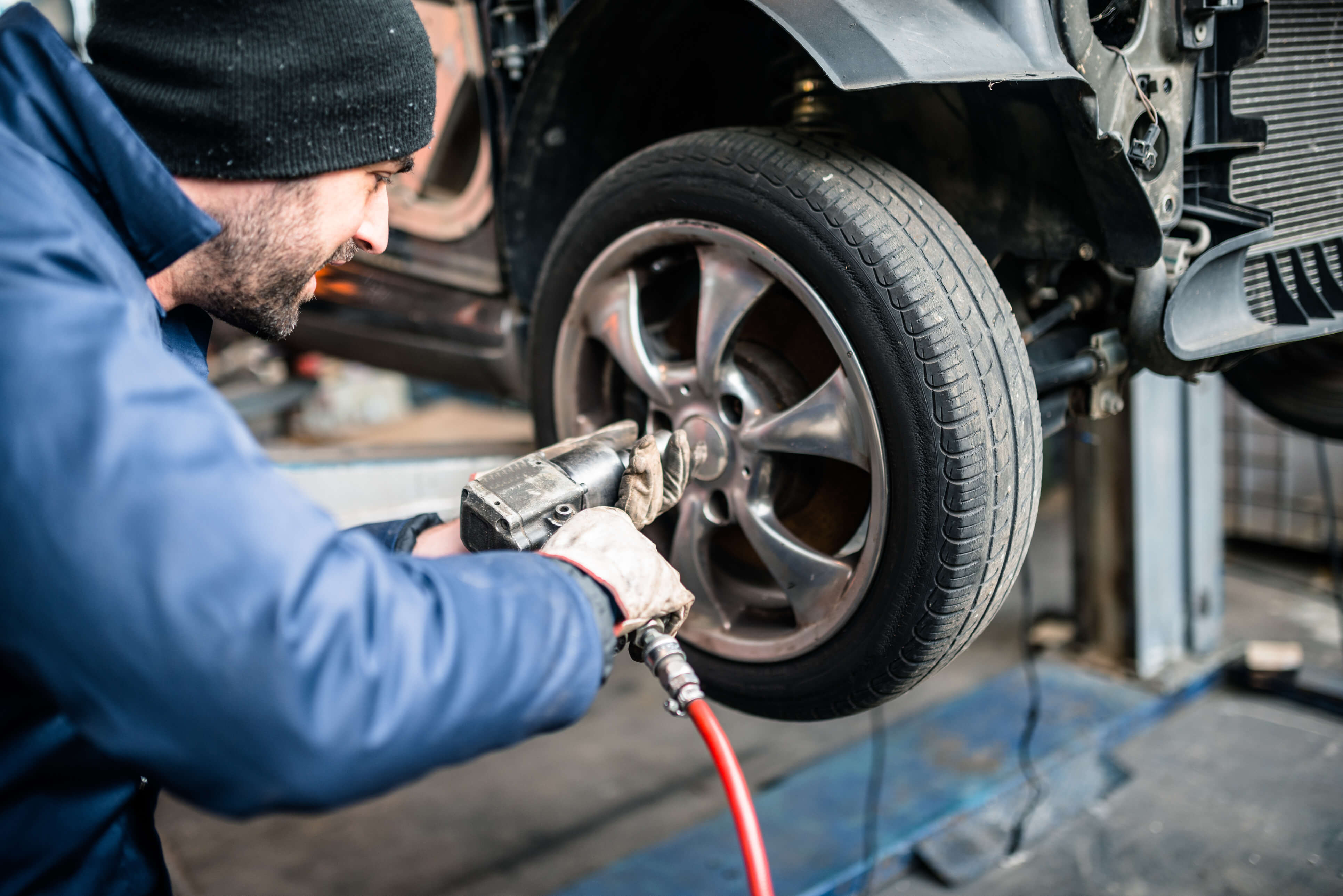
Season Change Plus Rotation
The convenient thing about doing seasonal tire changes as well as tire rotation, is that they can be done at the same time. It actually works out perfectly, because it will ensure you are swapping your tires twice a year.
When you have your winter tires put on, you can rotate your tires to ensure they are not in the same position they were in last winter. Same goes for your all-season or summer tires.
This will ensure you getting maximum life out of both sets.
Valvoline Express Care Brampton
If you are looking for an excellent automotive service provider, that can assist you with all your tire swapping needs, Valvoline Express Care Brampton is an excellent choice.
The expert technicians at Valvoline are experienced and qualified to handle whatever type of vehicular maintenance you need done. They can ensure you are using the best tires for vehicle, and help with regular swaps and rotations.
Benefits of Tire Swap
There are numerous advantages to be gained through routine tire swapping, such as:
- Extended tire life
- Better performance
- Even wear
- Better handling and responsiveness
- Better traction
- Improved safety
- Enhanced fuel economy
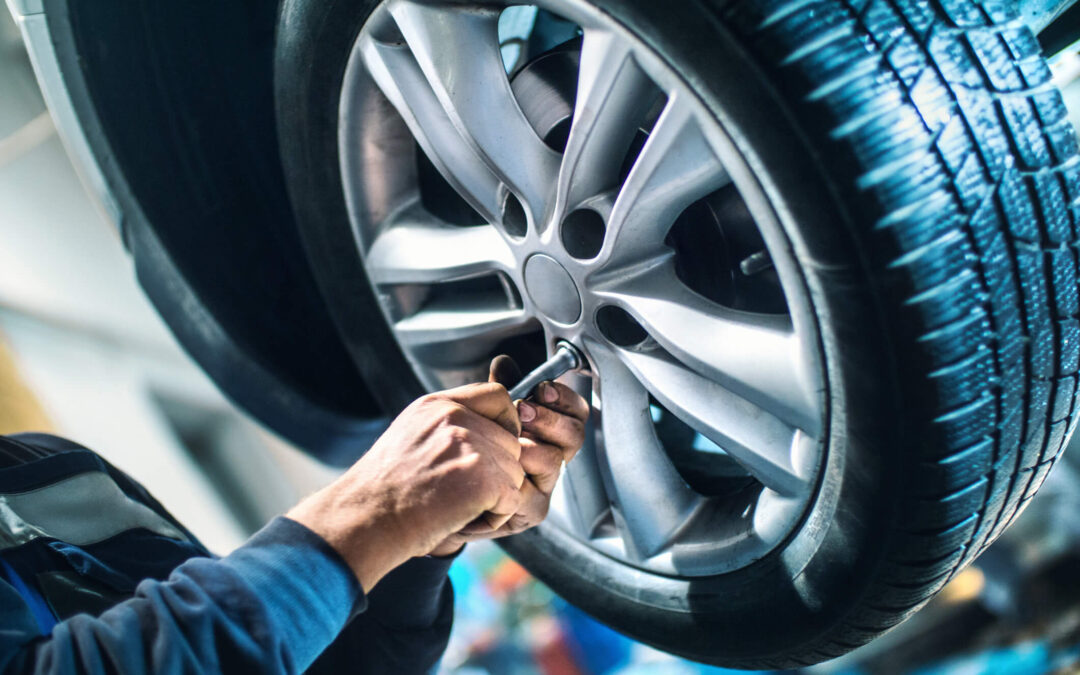
by valvolineexpresscare_admin | Nov 29, 2017 | Blog, Tire Repair, Tire Repair or Replacement, tire rotation
It is important to know when you should have your tires repaired or replaced, for the safety of your vehicle, your passengers, and yourself.
You count on your tires for a lot. You depend on them to get you where you want to go, safely and competently. Complications or issues with even one of your tires can spell disaster out on the road. Having your tires checked regularly can help you avoid serious problems with your vehicle and personal injury.
Tires should be rotated on a consistent basis anyway. That is just a part of regular vehicular maintenance. It is recommended to have your tires rotated every 6 months, or every 5,000 to 8,000 kilometers. Frequency will differ based on vehicle type, driving conditions, and what the owner’s manual suggests.
So, when you are having your tires rotated, it is a perfect time to have them inspected for wear and tear or damage.
However, you may notice something wrong with one of your tires before it is time for your regular maintenance. In this case, it is advised to have your tires checked immediately to see if repair or replacement are necessary.
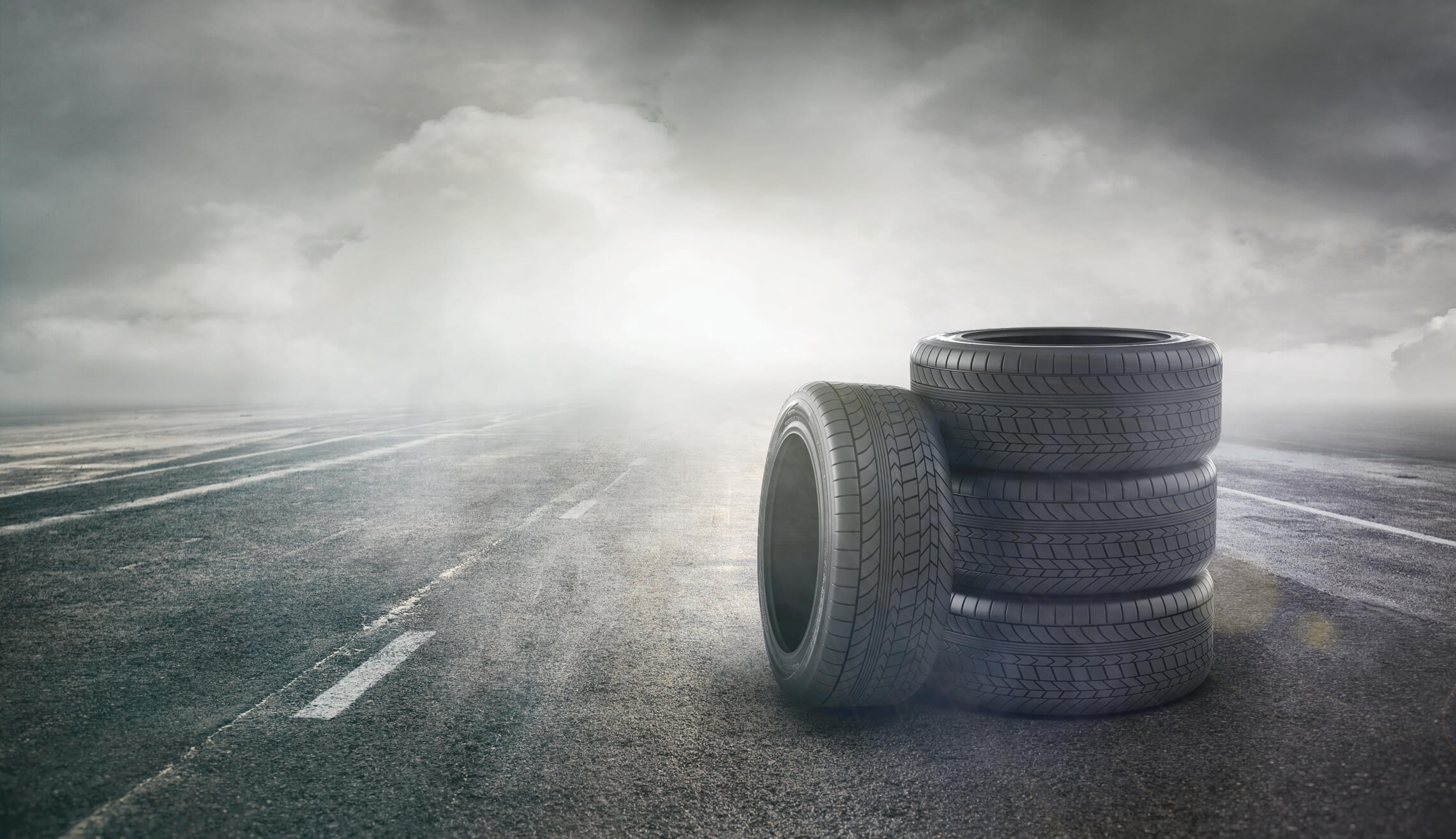
Valvoline Express Care Brampton
Valvoline Express Care Brampton is an ideal automotive service provider, to handle all your maintenance and repair needs.
Come in and have your tires inspected for damage, get them rotated, or take care of any of your other automotive requirements.
Types of Tire Damage
Tire damage is an expansive term that covers all types of issues that affect the overall performance of your tires. To expect optimal performance from your tires, you should be doing all you can to keep them in good condition.
Due to unforeseen circumstances, there are many external factors that might compromise the quality of your tires. Harsh weather conditions, construction on the road, inadequate repair, or simply bad luck can damage your tires.
There are three basic types of tire damage:
- Bead damage
- Tread damage
- Sidewall damage
Bead Damage
Bead damage refers to issues arising where the tire comes into contact with the rim. If there is no sealed connection between the tire and the rim, beading damage is a likely result. The outcome of bead damage will generally come in the form of a significant drop in tire pressure. A quick drop in pressure can result in an explosion or the tire coming off the rim causing an accident.
This can be avoided making sure you have the correct tire size for your rims, and having it installed by a professional.
Tread Damage
The main objective of the tread on your tires is to have your tire maintain a firm and steady grip on the road. If the tread becomes compromised, it can result in your car slipping and sliding. Also, if the tread on your tires are worn, it can jeopardize the effectiveness of the brakes. Less tread will mean slower stopping times, especially in unfavorable conditions.
Good treads are needed for traction when speeding up, slowing down, or negotiating turns.
The tread on your tires can become damaged in two basic ways: from a puncture in the tread, or balding of the tires. If you drive over something sharp, it may become stuck in your tire, slowly leaking air. Worn, or bald tires, are not safe to drive on because they lack the necessary traction to navigate the terrain and keep your car on the road.
Sidewall Damage
Another type of deterioration your tire may endure is sidewall damage. Sidewall damage may involve a puncture in the sidewall, or cracks forming on the side of the tire. These cracks may be cause by extreme weather, lack of pressure, reckless driving, or using poor quality products for cleaning.
Causes of Tire Damage
There are several factors or elements that may cause damage to your tires. The most common sources of tire damage are:
- Tire pressure
- Reckless driving
- Excessive weight
Tire Pressure
Underinflated or overinflated tires can cause serious problems for the overall performance of your vehicle. Improperly inflated tires can lead to worn treads, uneven alignment, reduced traction, and slow braking.
Underinflated tires cause them to work harder, which can lead to overheating. Underinflated tires will wear out much more quickly.
Overinflated tires cause reduced traction, uneven wear, and oversensitivity to bumps and potholes.
Reckless Driving
Driving at excessive speeds will cause your tires to heat up which can result in the tread separating from the rest of the tire. It also more likely if you hit a pothole, bump, or other debris at high speeds, the outcome could be fatal.
Excessive Weight
Don’t overload your vehicle with things you don’t need. Putting useless weight on your tires is an unnecessary burden that can end up damaging your car and costing you more in fuel.











